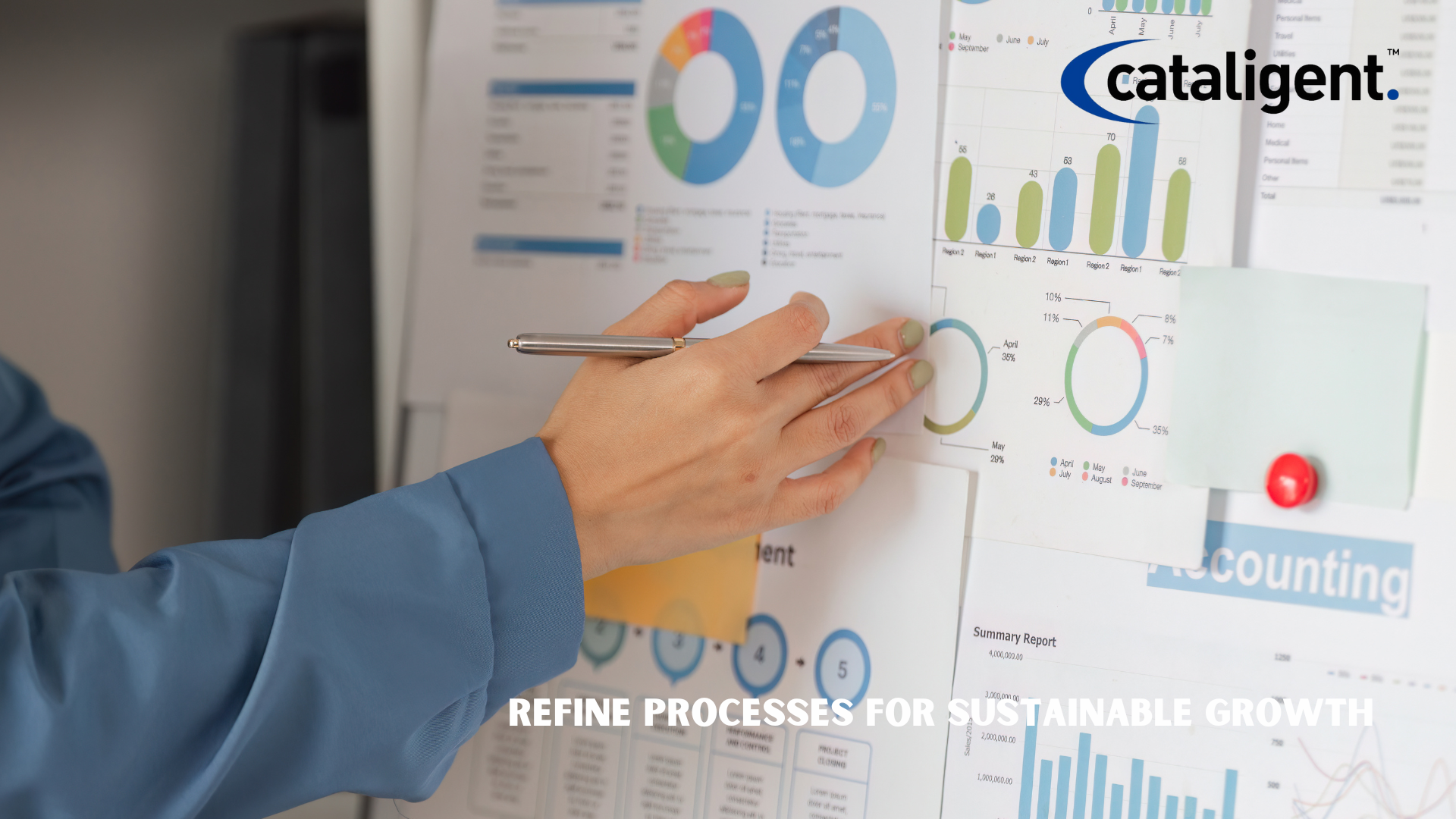Introduction
Optimizing production and operational processes is essential for businesses aiming to reduce energy consumption, minimize waste, and improve overall efficiency. In an increasingly competitive market, organizations must streamline workflows, leverage technology, and implement best practices to maintain profitability and sustainability.
This document explores strategies for optimizing production and operations, the associated cost-saving impacts, and implementation methods.
What It Involves
Optimizing production and operations involves refining existing processes to maximize resource efficiency, minimize waste, and enhance productivity. This can be achieved through various methods, including adopting lean manufacturing principles, utilizing energy-efficient machinery, and incorporating automation.
Key components of operational optimization include:
- Lean Manufacturing: Reducing waste in production processes while maintaining quality.
- Process Automation: Utilizing robotics and digital systems to enhance efficiency.
- Energy-Efficient Equipment: Upgrading to modern machinery that consumes less energy.
- Data-Driven Decision Making: Using analytics to identify inefficiencies and implement targeted improvements.
By adopting these strategies, organizations can achieve operational excellence and long-term sustainability.
Cost-Saving Impact
Optimizing production and operations can lead to significant cost reductions and performance improvements. The primary benefits include:
1. Increased Resource Utilization Efficiency
- Reduces material waste by improving accuracy and minimizing errors.
- Enhances production speed, reducing idle time and inefficiencies.
- Maximizes machine utilization, ensuring optimal output per energy unit.
2. Reduction in Downtime and Operational Costs
- Predictive maintenance techniques help prevent unexpected equipment failures.
- Automation reduces labor costs and improves productivity.
- Streamlined workflows eliminate bottlenecks and redundant processes.
3. Lower Energy Consumption
- Energy-efficient equipment significantly cuts electricity and fuel usage.
- Smart sensors optimize heating, cooling, and lighting in production areas.
- Process modifications help reduce water and chemical waste, further lowering costs.
4. Compliance and Sustainability Benefits
- Reduces carbon footprint by lowering energy consumption and emissions.
- Meets regulatory requirements, avoiding penalties and legal costs.
- Enhances corporate social responsibility (CSR) and brand reputation.
By implementing operational optimization measures, organizations can achieve long-term financial and environmental benefits.
Implementation Strategies
To effectively optimize production and operations, organizations should follow a structured approach:
1. Implement Lean Manufacturing Principles
Lean manufacturing focuses on minimizing waste while maximizing value. Key techniques include:
- Just-in-Time (JIT) Production: Reducing inventory costs by producing only what is needed.
- Value Stream Mapping: Identifying and eliminating non-value-adding activities.
- Kaizen (Continuous Improvement): Encouraging employees to suggest and implement process improvements.
2. Upgrade to Energy-Efficient Production Methods
Modernizing equipment and adopting energy-efficient processes can drastically reduce operational costs. Steps include:
- Investing in high-efficiency motors and drives to cut energy waste.
- Using variable frequency drives (VFDs) to optimize motor performance.
- Implementing heat recovery systems to reuse waste heat for production purposes.
3. Automate and Digitize Processes
Automation enhances efficiency and reduces human error. Effective automation strategies involve:
- Deploying robotic process automation (RPA) for repetitive tasks.
- Using smart manufacturing systems to monitor real-time performance.
- Integrating Internet of Things (IoT) devices to track equipment efficiency.
4. Monitor and Analyze Production Data
Data analytics can help organizations identify inefficiencies and improve decision-making. Key steps include:
- Implementing real-time monitoring systems to track production metrics.
- Using predictive analytics to anticipate maintenance needs and avoid downtime.
- Conducting energy audits to identify areas for efficiency improvements.
5. Train Employees on Best Practices
Workforce training is critical for sustaining operational improvements. Organizations should:
- Provide ongoing education on lean principles and energy efficiency.
- Encourage a culture of continuous improvement with employee feedback.
- Implement cross-functional training to enhance workforce flexibility.
By implementing these strategies, businesses can enhance efficiency, reduce costs, and remain competitive in their industries.
Potential Challenges and Solutions
While optimizing production and operations offers significant benefits, challenges may arise. Here are some common obstacles and their solutions:
1. High Initial Investment Costs
- Challenge: Upgrading equipment and implementing automation can require substantial capital.
- Solution: Seek government grants, rebates, and financing options to offset costs. Implement changes gradually to distribute expenses over time.
2. Resistance to Change
- Challenge: Employees and management may be reluctant to adopt new processes.
- Solution: Provide training, communicate benefits, and involve employees in decision-making.
3. Integration Complexity
- Challenge: Integrating new technology with existing systems can be complex.
- Solution: Work with experienced consultants and invest in scalable solutions.
4. Ongoing Maintenance and Technical Support
- Challenge: New systems may require frequent updates and technical support.
- Solution: Partner with reliable vendors and provide internal training for troubleshooting.
Conclusion
Optimizing production and operations is crucial for organizations looking to improve efficiency, reduce costs, and enhance sustainability. By implementing lean manufacturing principles, upgrading to energy-efficient equipment, and leveraging automation, businesses can achieve significant financial and environmental benefits.
While challenges such as high initial costs and integration complexities may arise, strategic planning and phased implementation can mitigate these risks. Ultimately, optimizing production and operations provides long-term competitive advantages, positioning organizations for sustainable growth and success.

